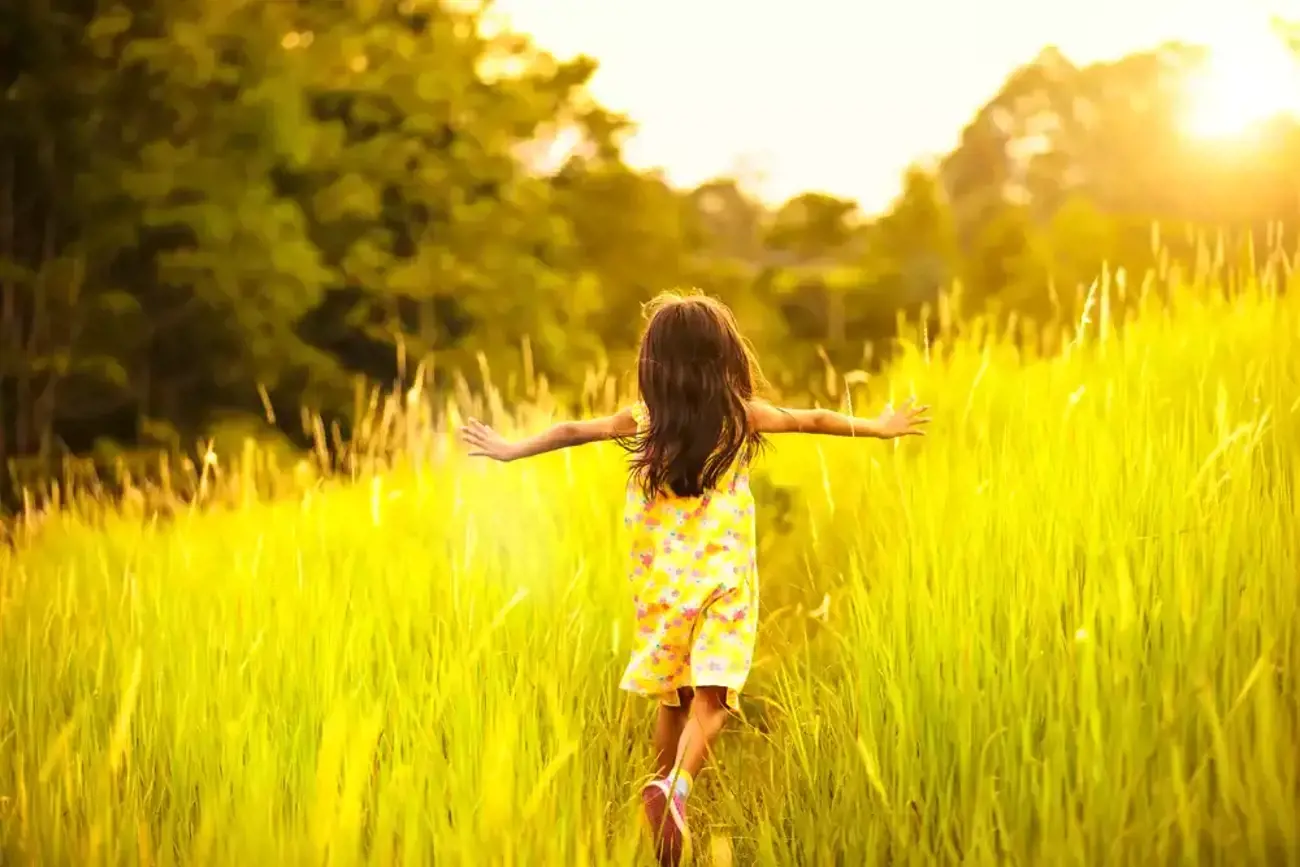Peppa Pig may be the most famous of the muddy puddle jumpers, however, she's not the only little person getting her gumboots dirty. Around the world, children are immersing themselves in nature play and benefitting from an outdoor learning approach.
Here we look at the rise of forest schools and bush kindies and explore their benefits for young wildlings.
What are forest schools and bush kindies?
As their names suggest, forest schools and bush kindies provide a nature-based, forest learning experience. This means children are taken to an 'outdoor classroom', like a park or creek-bed, and encouraged to embrace nature and play in all kinds of weather.
Some forest kindergartens (especially in Denmark) operate entirely outside. However, there are also forest learning sessions that give children an outdoorsy experience for a few hours a week. And while some forest learning happens in sprawling rural settings, sessions can also happen in urban areas, such as a green space near a child care service.
In essence, forest learning offers children fun, stimulating and hands-on experiences, and according to Nature Play QLD, ‘the forest school concept allows educators to enhance children's physical and emotional development while incorporating the curriculum into their teaching in a non-traditional setting.'
All in all, this approach is gaining popularity with early child care centres, kindergartens and schools – both here and overseas.
Where on Earth does forest learning happen?
Forest schooling has been around in Northern Europe for more than 50 years and is based on the Scandinavian idea of 'friluftsliv', or 'open-air living'.
A sizeable 10 per cent of preschools in Denmark are forest kindergartens, and forest schools moved into the UK in the early 1990s. Germany calls its forest nurseries 'Waldkindergarten', and in the last decade, outdoor preschools have sprouted in the US, Canada, Japan, New Zealand and Australia as well.
Based in Victoria, Bush Kinder was the first forest kindergarten in Australia. And there are now bush kindy programs in other states, including Nature Kindergarten in Western Australia and Wildlings Forest Kindy in Queensland.
What activities might children do at bush kindy?
According to Wildlings Forest Kindy, bush kindy activities are usually child-led and play-based, with children using all five senses (sight, sound, touch, taste and smell) to experience and learn.
Depending on the weather, the environment and the children, forest learning activities may include:
- Tree climbing
- Jumping in muddy puddles
- Sensory walks
- Foraging
- Shelter-building
- Fire building, fire-lighting and campfire cooking
- Woodwork and using hand tools
- Nature art
- Games, like hide and seek
- Meditation and yoga
- Role-play and imaginary play
- Mini-beast hunts
What are the benefits of forest learning?
All children can benefit from an outdoor approach to learning, from the very young to school kids to those with disabilities. Forest learning has many benefits. Namely, children:
- Develop independence and self-esteem
- Develop creativity
- Get to enjoy outdoor play
- Learn practical outdoor skills
- Spark their curiosity and sense of wonder
- Are exposed to a healthy level of risk
- Learn how to problem solve
- Learn how to communicate and collaborate
- Build trust
- Learn about nature and gain a sense of 'environmental stewardship'
How can adults learn more about bush kindies?
The SBS video, Kids Gone Wild is a great way to see a Danish forest kindergarten in action, complete with bracing temperatures, tree climbing and wood whittling. There are also numerous books about nature play and forest kindergartens, including:
- Forest School in Practice: For all Ages by Sara Knight
- Balanced and Barefoot: How Unrestricted Outdoor Play Makes for Strong, Confident and Capable Children by Angela J. Hanscom
- Nature Preschools and Forest Kindergartens: The Handbook for Outdoor Learning by David Sobel
- Play the Forest School Way: Woodland Games and Crafts for Adventurous Kids by Jane Worroll
Many thanks to a collaboration between Nature Play QLD and the UK's Forest School Learning Initiative, there are also face-to-face forest learning opportunities for educators working with children aged between two and ten.
Introductory workshops teach educators how to implement forest learning at their service or school, while the Level 3 Forest School Leader Training course teaches you how to set up and run a Bush Kindy or Forest School.
So, instead of putting on a Peppa Pig episode for children, why not put on their gumboots and show them a muddy puddle!
































